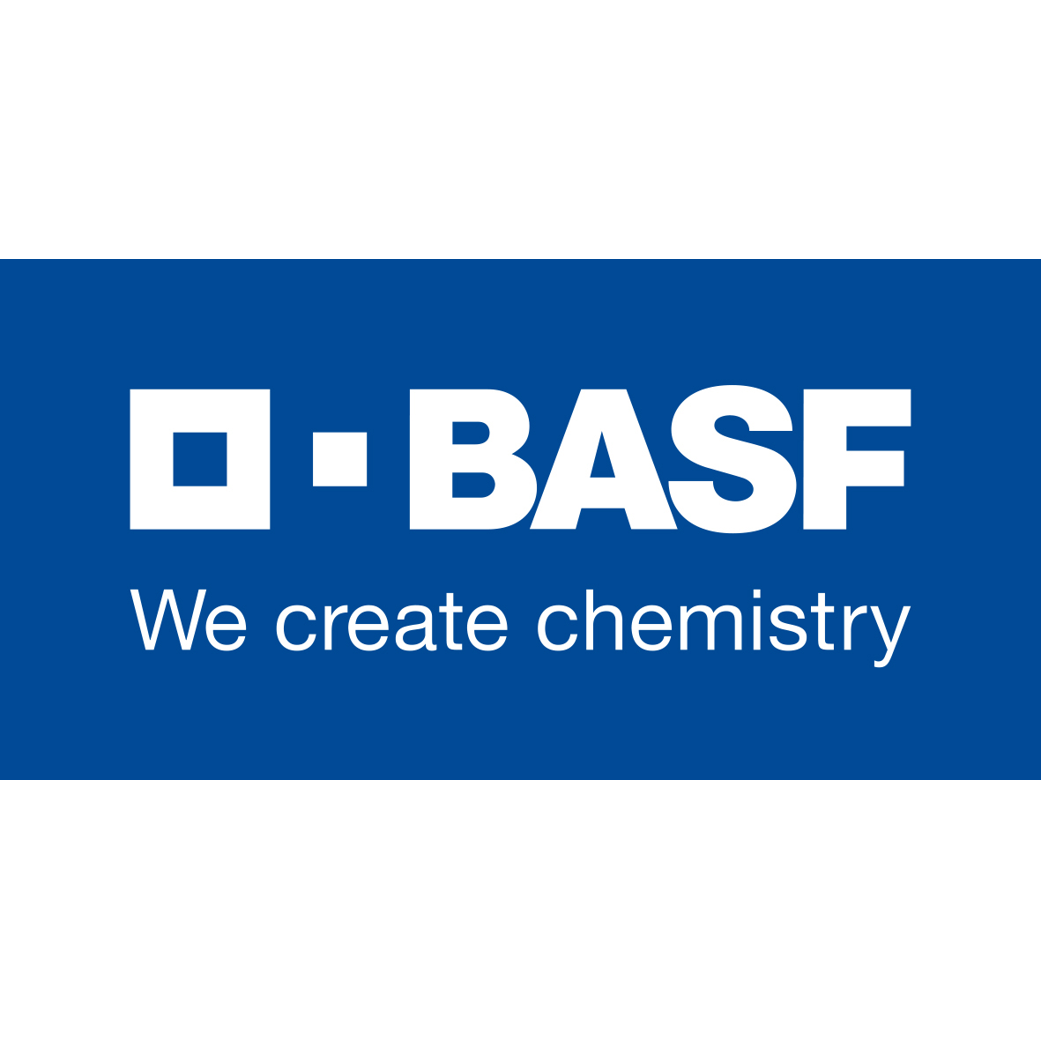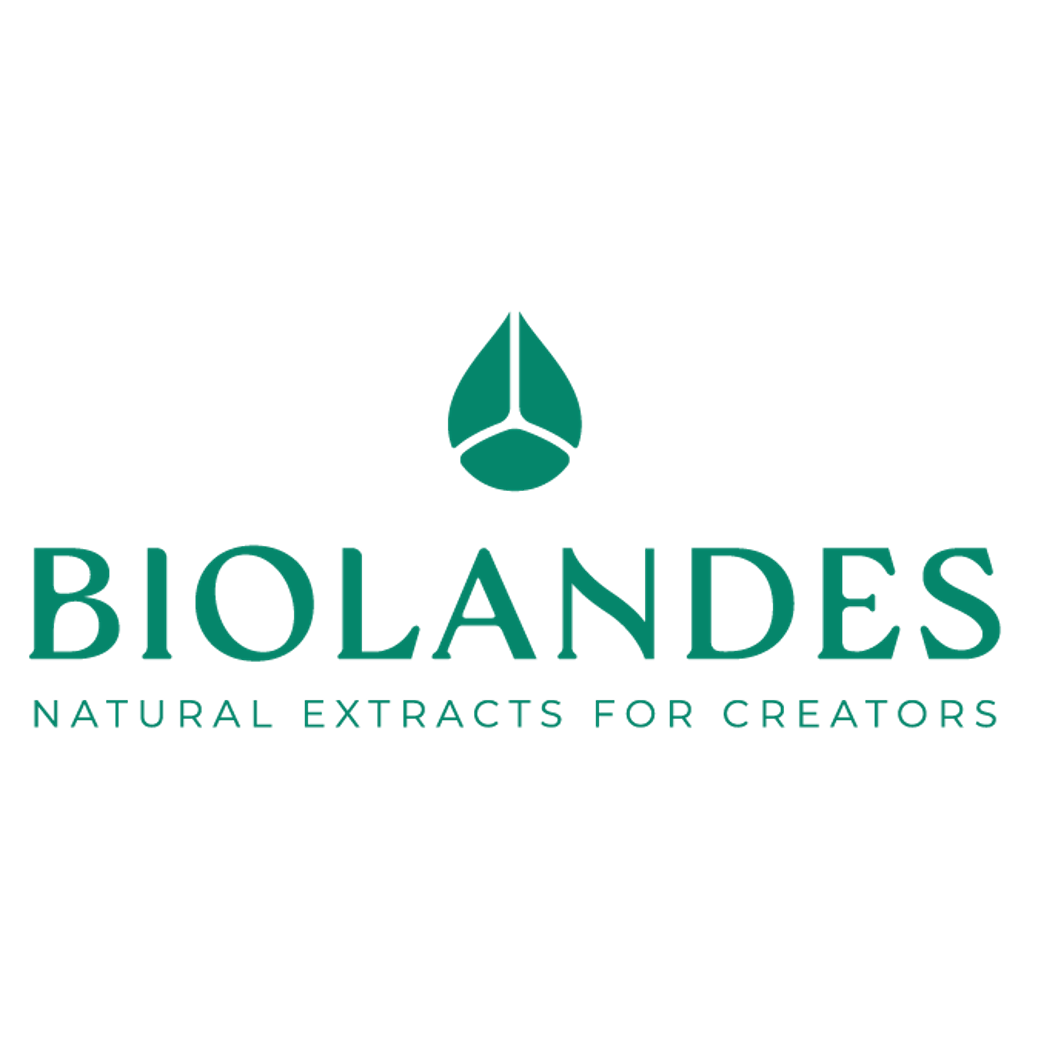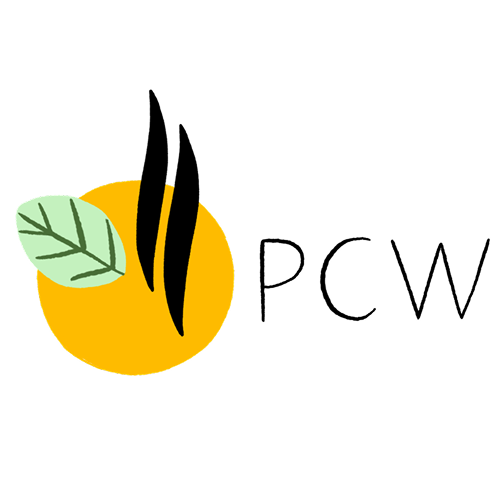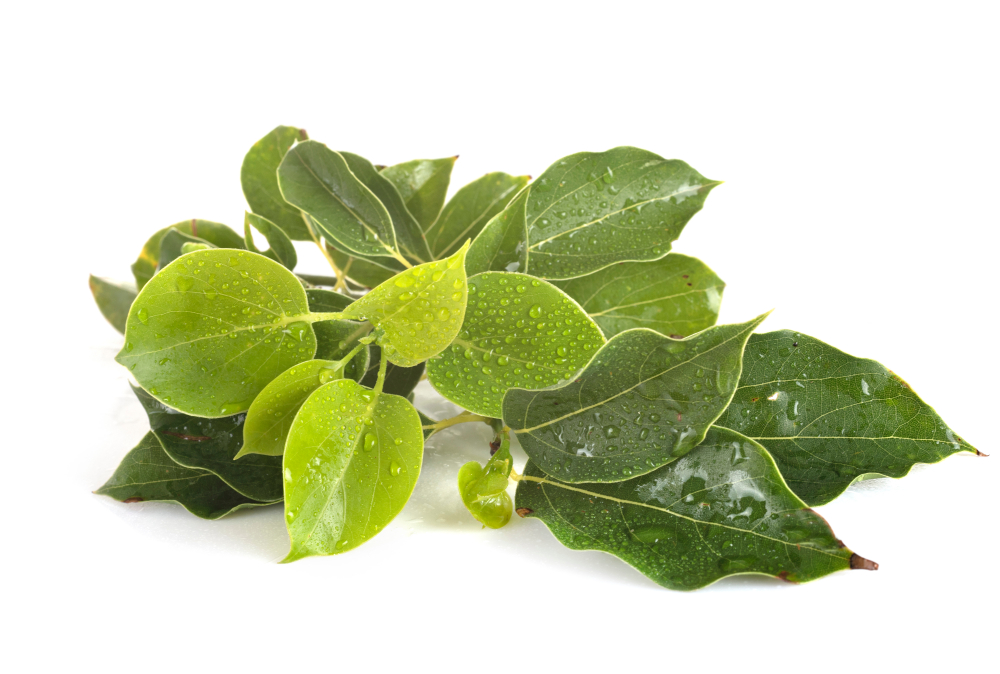| Company | Ingredient Name | ID | Comments | Naturality | Certifications | MOQ | Latin name | Treated part | Geographical origin |
|---|---|---|---|---|---|---|---|---|---|
|
|
Huile essentielle de Ravensara - 30 gr | - |
Visit website
|
- | - | - | - | - | |
|
|
RAVINTSARA | F2088 |
Visit website
|
Huile essentielle | - | Cinnamomum camphora (L.) J.Presl | Feuille | Madagascar | |
|
|
RAVINTSARA | B2088 |
Visit website
|
Huile essentielle |

|
- | Cinnamomum camphora (L.) J.Presl | Feuille | Madagascar |
|
|
RAVINTSARA | N790F |
Visit website
|
Huile essentielle |

|
- | Cinnamomum camphora (L.) J.Presl | Feuille | Madagascar |
|
|
RAVINTSARA | B790F |
Visit website
|
Huile essentielle |

|
- | Cinnamomum camphora (L.) J.Presl | Feuille | Madagascar |
|
|
RAVINTSARA | 790 |
Visit website
|
Huile essentielle | - | Cinnamomum camphora (L.) J.Presl | Feuille | Madagascar | |
|
|
RAVINTSARA | N790 |
Visit website
|
Huile essentielle |

|
- | Cinnamomum camphora (L.) J.Presl | Feuille | Madagascar |
|
|
RAVINTSARA | B790 |
Visit website
|
Huile essentielle |

|
- | Cinnamomum camphora (L.) J.Presl | Feuille | Madagascar |
General Presentation
-
CAS N° :
8008-51-3 -
EINECS number :
295-980-1 -
FEMA number :
2231
-
Volatility :
Head -
Price Range :
Donnée indisponible.
Physico-chemical properties
-
Appearance :
Colorless liquid -
Density :
-
Refractive Index @20°C :
Data not available. -
Optical rotation :
-
Vapor pressure :
Data not available. -
Flash Point :
Data not available. -
Acid Value :
Botanical informations
Botanical name :
Data not available.
Botanical profile :
Ravintsara is a tree belonging to the Lauraceae family and the Cinnamomum Schaeff. genus.
Chemotypes :
There are more than 400 species in the Cinnamomum Schaeff. genus.
Cinnamomum verum J.Presl : Ceylon cinnamon EO. Leaves are extracted.
Cinnamomum cassia (L.) J.Presl :Chinese cinnamon or Cassia EO. Leaves from this tree are not extracted for perfumery.
We can also distinguish :
Cinnamomum burmanni (Nees & T.Nees) Blume : Korintje cassia SFE and Cinnamomum tamala : Indian cinnamon, much less cultivated.
Cinnamomum camphora (L.) J.Presl CT Linalol: Hô wood EO - This chemotype contains more than 80% linalool. The natural Linalol is mainly extracted from it.
Cinnamomum camphora (L.) J.Presl CT Cineol: Ravintsara EO - This is the chemotype we are studying here.
Cinnamomum camphora (L.) J.Presl CT Camphor: Camphor tree EO - This chemotype contains between 50% and 70% Camphor.
Cinnamomum tamala (Buch.-Ham.) T.Nees & Eberm : From India, very low volume.
Cinnamomum parthenoxylon (Jack) Meisn. : Siam wood oil
Extractions & Uses
Extraction process :
Ravintsara oil is extracted by hydrodistillation of the leaves and twigs. This takes place in winter, from december to february, and in the place where the tree is grown.
The extraction yield is around 1%.
Uses in perfumery :
This EO is mainly used in the top notes. Very useful for its fresh facets due to its high eucalyptol content. Used in fresh/colognes notes but also to enhance spicy accords.
Please note that ravintsara oil is rarely used in perfumery because it is often substituted by its main component: Eucalyptol. It is however often used in aromatherapy as it has many properties.
Stability :
Data not available.
Major Components :
- Eucalyptol (55 - 65%)
- Sabinene (10 - 20%)
- Alpha-terpineol (6,6 - 9,5%)
- Alpha-pinene (4,5 - 5,5%)
- Terpinen-4-ol (1,7 - 3,5 %)
- Beta-pinene (2 - 3%)
- Myrcene (1 - 2%)
- Linalool (< 1,5%)

Photo credits: ScenTree SAS
Other comments :
For decades, there have been many misidentifications between the essential oils of Ravensara (Ravensara aromatica) and Ravintsara (cinnamomun camphora CT Cineol). Indeed, their names, very close phonetically, the botanical characteristics of the trees, also very close, as well as the large number of chemotypes present in the two species have led to many confusions regarding the botanical nature of the essential oil produced.
IFRA
IFRA 51th :
This ingredient is restricted by the 51th amendment

















